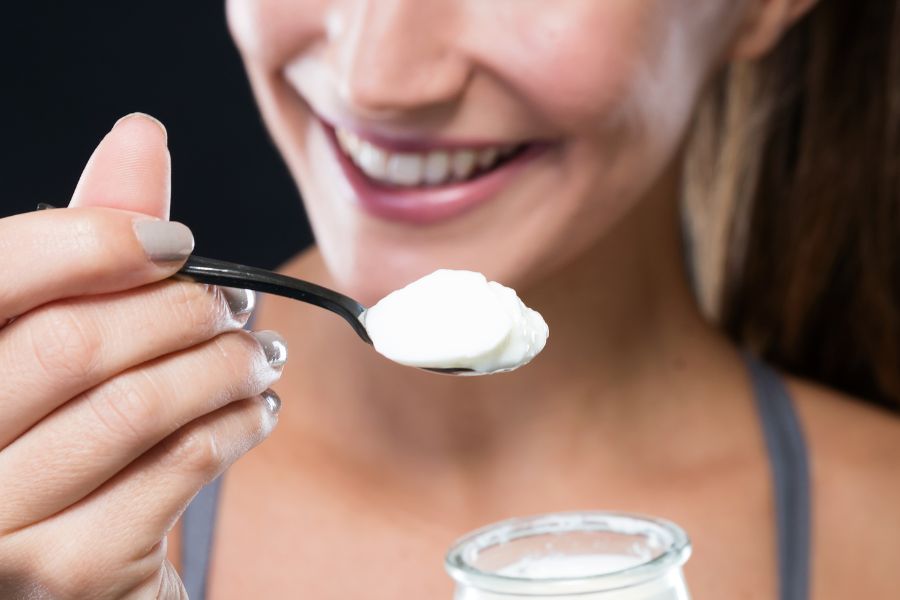In our quest for optimal oral health, we often look for solutions beyond conventional dental care methods. One such method that has been gaining attention is oil pulling. Rooted in ancient Ayurvedic practices, oil pulling has shown promise as a beneficial adjunct to routine oral care.
Oil pulling, known as ‘Gandusha’ or ‘Kavala’ in Ayurveda, is an ancient oral detoxification procedure.
Understanding Oil Pulling
Oil pulling involves swishing a tablespoon of oil (typically sesame, coconut, or sunflower oil) in your mouth for about 15-20 minutes and then spitting it out. This process is believed to draw out toxins from the body, improving oral and overall health.
History and Origin
The practice of oil pulling dates back nearly 3,000 years, originating in India as part of traditional Ayurvedic medicine.
Current scientific research offers valuable insights into how oil pulling works.
How Does Oil Pulling Work?
When you swish oil in your mouth, it acts like a cleanser by pulling away bacteria, fungi, and other microbes present in the oral cavity. It emulsifies the oil and increases its surface area, enhancing its ability to trap and remove oral pathogens.
Research Evidence
Several studies suggest that oil pulling can reduce plaque, improve gum health, and decrease oral microorganisms responsible for bad breath and dental cavities.
Implementing oil pulling into your daily routine can potentially offer several oral health benefits.
Reduction of Bad Breath (Halitosis)
Oil pulling helps to reduce bad breath by decreasing the bacteria that cause this common oral health issue.
Improved Gum Health
By reducing the harmful bacteria that cause plaque buildup and gum inflammation, oil pulling can help prevent gingivitis.
Whitening of Teeth
Anecdotal evidence suggests that oil pulling can lead to natural teeth whitening by reducing the stains caused by various food and drinks.
Here is a simple guide to get you started with oil pulling:
In Conclusion: A Complementary Oral Health Practice
Oil pulling serves as a complementary practice to enhance oral hygiene. However, it should not replace regular brushing, flossing, and dental check-ups. As we continue to decode the benefits of this ancient practice, one thing is clear – oil pulling has a promising role in the realm of dental hygiene.
For a deeper understanding of oil pulling and its potential benefits, visit the American Dental Association’s comprehensive guide on unconventional oral health practices.

